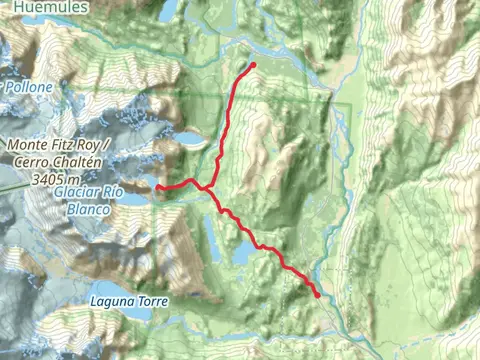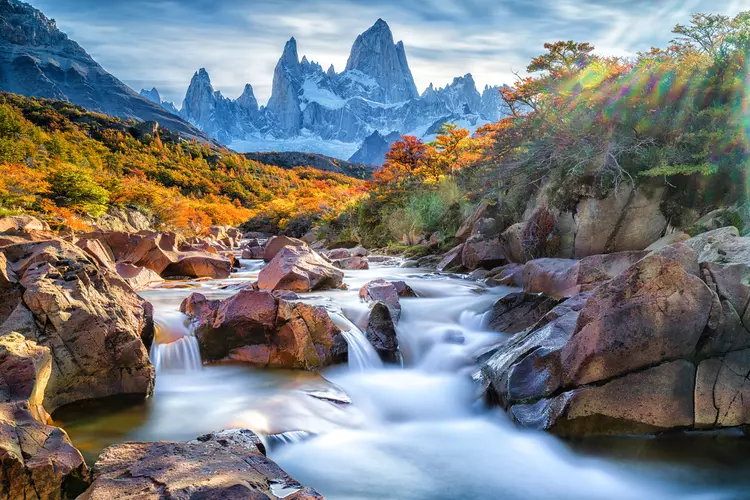"Experience Argentina's diverse landscapes, from Patagonia's peaks to Iguazú's jungles, for an inspiring journey."
Embark on an unforgettable adventure in Argentina, where diverse landscapes await every hiker. Traverse the rugged trails of Patagonia, with its majestic glaciers and towering peaks, or explore the lush jungles of Iguazú, home to breathtaking waterfalls. Discover the serene beauty of the Lake District, where crystal-clear waters mirror snow-capped mountains. Each trail offers unique flora, fauna, and cultural encounters, promising an inspiring journey through one of the world's most captivating terrains.
Most popular hikes
FAQs about hiking in Argentina


https://www.argentina.gob.ar/sites/default/files/2019/03/1_informacion_al_visitante_pntdf_25-01-2022_english.pdf

https://landcruisingadventure.com/camping-in-argentina/

https://sarcontacts.info/

https://www.gardenguides.com/104940-plants-flowers-argentina.html

More hikes in Argentina
by difficulty




















